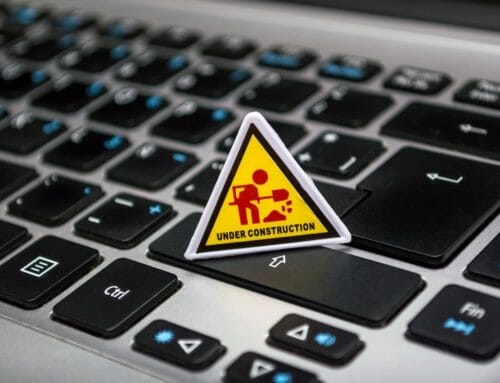Most Common Errors of Main Contractors

What are some of the most common errors and issues Main Contractors face and how can these be avoided or most appropriately managed?
It would be unrealistic to expect a construction site to be without errors throughout a project, however, a competent Main Contractor understands that taking precautions to minimise these errors/ risks will reduce the likelihood of delays and ultimately ensure a project is as profitable as possible. Outlined in this post are some of the most common main contractor errors and how they can be avoided.
Error/issue: Construction projects are usually unique every time and involve a vast number of individuals from different disciplines working together in order to produce the final product. Understandably these individuals frequently will not have worked together previously and this often leads to communication breakdowns. Effective communication between all parties lacks, this leads to inefficiencies in a multitude of ways. Working on different platforms/software and different geographical locations fuels the problem.
How to manage/ avoid: Subsequently more Main Contractors are opting to manage their projects using cloud-based technology, a platform that all components of the wider team (Architects, Sub-contractors and clients) can access despite location. In turn, improving collaboration through greater visibility and real-time updates. Unsurprisingly, we have seen a 15-20% increase in uptake of cloud-based storage within the construction industry in recent years (JBK)
Error/issue: Main contractors are known for their rapid growth reporting increased workloads year on year, subsequently, there are a number of knock-on effects. Failing to adapt their processes to suit and adapting to effective technology in the change process is common, with so much on their plate this becomes a reactive task rather than a proactive one. Arguably it is common sense if a business is doubling in size and continues to execute its processes by the same means it always has, there will be a huge increase in pressure on the process and this is not going to be the most effective method.
How to manage/ avoid: In order for these businesses to grow at such an alarming speed they require systems in place that can aid this process and many will find by having them in position earlier it will aid the growth of the organisation. Technology doesn’t have to be over-complex, but it is vital to have a CDE (common data environment) to support everyday processes. Having technology in place demonstrates a proactive attitude to the future of construction and is seen as an added bonus by potential clients, this will set Main Contractors apart from the competition, enabling them to win tenders they potentially wouldn’t have previously.
Error/issue: Inadequate planning, failing to adhere to a project schedule and missing regular deadlines, can result in failure to reach completion dates and perhaps the biggest issue being the large cost implications. Even in circumstances where planning is carefully considered as a project commences, unexpected events are not always sufficiently considered. Additionally, to the schedule, the progress of the schedule has to be regularly monitored/updated and shared effectively between the wider team.
How to manage/ avoid: Having the correct software in place allows you to plan ahead and notice problems before they actually arrive, offering real time project updates. Ideally a cloud based solution, this will allow the program to be shared with the wider team and ensure everyone understands what is trying to be achieved.
Error/issue: Failing to recruit the most appropriately skilled individuals for the job, is a rapidly growing issue in the industry. Demand for skilled workers is rising and there is insufficiently skilled workers to fill this requirement. The benefits of a career in construction are no longer being highlighted, therefore millennials are no longer moving into the industry when they finish school.
How to manage/ avoid: Thoroughly vetting employees in the first instance is vital to achieving the widest skills set and minimising staff turnover where possible, by ensuring company morale remains high. Expanding on point one, good communication with all members of staff will assist in this instance. Utilising an employee agent who has already completed the vetting process for you can save significant amounts of time and labour is ready to go.
Error/issue: Failing to manage costs adequately and poor estimating during a bid. Likewise, maintaining communication with project managers as the project progresses to ensure cost implications due to program changes are also captured. Overestimates will lead to bids not being won from the outset, whereas underestimates will prompt surprise costs during the project.
How to manage/ avoid: Moving away from manual, paper-based estimating and utilising technology to track and review costs is necessary to estimate accurately and identify recurring cost patterns. This will also ensure that each time a new project is estimated it should become more accurate. Having the ability to estimate effectively will enable bids to be won and projects to stay on budget, avoiding any surprises.
Project management software is a great way to assist the main contractor, aiding everyone to work collaboratively on one platform, enhancing effective communication, improving efficiencies for everyday processes and reducing the risk of these errors occurring in the future. It is no surprise that project management software is, therefore, leading the way as one of the most implemented pieces of software alongside accountancy packages.
For more information on introducing project management software and minimising errors please get in contact with us today.





